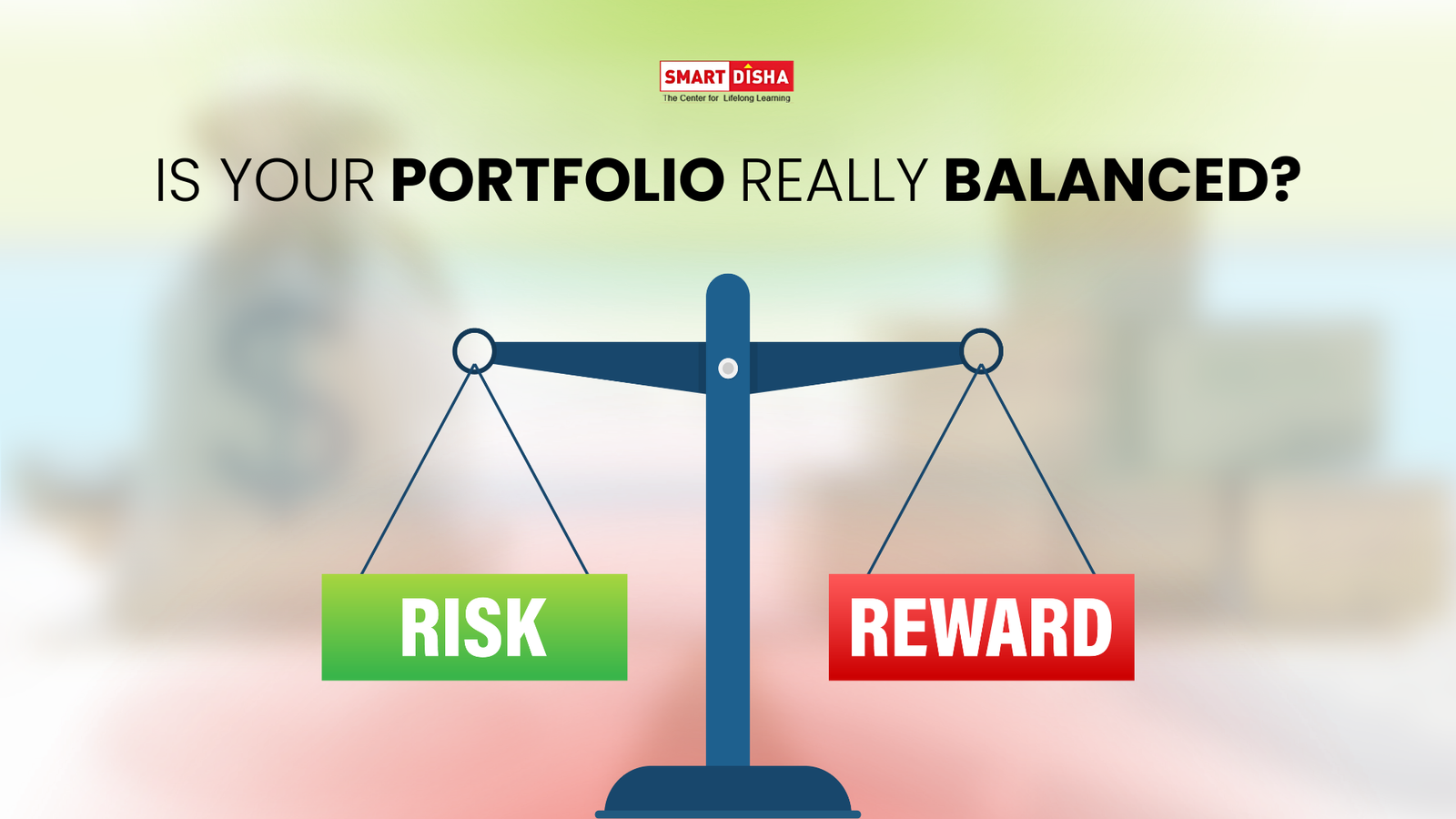When investors build a portfolio, they often do so with a mix of assets equities, debt, real estate, commodities, and perhaps a sprinkle of alternatives. Each of these assets has a distinct role. Some generate steady income, some offer growth, and others provide a hedge against inflation or volatility. However, one thing that’s often overlooked in the process is maintaining the balance between them. That’s where the concept of rebalancing comes in
Portfolio rebalancing is the act of realigning the weightings of a portfolio’s assets to maintain the originally intended risk-reward profile. It is not just a technical adjustment; it is a discipline that keeps your investment strategy aligned with your goals
Why Does a Portfolio Drift?
Let’s start with why rebalancing becomes necessary in the first place
Over time, asset classes perform differently. For example, suppose you originally invested 60% in equities and 40% in bonds. If the equity market rallies, your portfolio might shift to 70% equity and 30% bonds. While it feels good to see your equity side grow, it also means your portfolio is now riskier than what you initially planned
Market movements, dividend reinvestments, interest payments, and even currency changes can all push your portfolio away from its intended allocation. This drift can have serious consequences if left unchecked, especially during volatile or bearish market cycles
The Importance of Rebalancing
1. Maintains Risk Tolerance
Rebalancing brings your portfolio back in line with your risk appetite. If you intended to keep a balanced 60:40 equity debt allocation, a drift to 80:20 would expose you to far more market volatility than you might be prepared for especially during downturns
2. Helps Lock In Gains
When you rebalance, you’re effectively selling high-performing assets and reallocating the proceeds to lagging ones. This counter-cyclical behavior (buy low, sell high) can help you lock in profits and position yourself for future growth
3. Avoids Emotional Decision-Making
By sticking to a regular rebalancing plan, you reduce the likelihood of making impulsive decisions during market highs or crashes. It introduces structure and objectivity to your investment management process
4. Reinforces Discipline and Strategy
Investment isn’t just about picking the right stocks or funds it’s about sticking to a plan. Rebalancing reinforces the discipline required for long-term investing. It reminds you of your strategy and helps you stay consistent
5. Maximizes Long-Term Returns
Several studies have shown that portfolios that are regularly rebalanced outperform those that are left untouched over the long run. While returns from rebalancing may seem marginal in the short term, over time, they add up meaningfully
When Should You Rebalance?
This is one of the most debated questions among investors. There is no one-size-fits-all answer, but here are some common methods to determine rebalancing frequency:
1. Calendar-Based Rebalancing
This is the simplest approach you rebalance your portfolio at fixed intervals. Common cycles include:
- Quarterly
- Semi-Annually
- Annually
Pros:
- Easy to remember and implement.
- Suitable for most passive investors
Cons:
- May ignore large deviations in asset allocation that happen in between cycles
- May lead to unnecessary transactions when changes are minimal
2. Threshold-Based Rebalancing
Here, you rebalance only when your asset allocation drifts beyond a certain limit — say 5% or 10% from the original
Example:
If your equity portion exceeds 65% in a 60:40 plan, you rebalance back
Pros:
- More responsive to actual market conditions
- Helps avoid unnecessary trading when market is stable
Cons:
- Requires continuous monitoring
- Could trigger rebalancing during very short-term volatility
3. Hybrid Approach
Many experienced investors combine both methods. They rebalance periodically but also keep an eye on threshold breaches. This approach strikes a good balance between discipline and flexibility
Costs to Consider While Rebalancing
While rebalancing is powerful, it’s not without its costs:
- Transaction Costs: Buying and selling assets involve brokerage fees, exit loads (in mutual funds), and taxes
- Capital Gains Taxes: Selling assets to rebalance may lead to short-term or long-term capital gains taxes depending on your holding period
- Time & Effort: Monitoring your portfolio regularly and executing rebalancing takes time — unless you use automated solutions
That’s why it’s important to weigh these costs against the potential benefits. In many cases, the discipline and reduced risk from rebalancing far outweigh the transactional burdens
Smart Ways to Rebalance
For investors looking to minimize costs and effort, here are a few smart strategies:
- Use New Investments for Rebalancing: Instead of selling existing assets, invest fresh capital into underweight categories. This avoids taxes and transaction costs
- Dividend Reinvestment Adjustments: Direct dividends from overweight categories into underweight ones
- Tax Harvesting Opportunities: Combine rebalancing with tax-loss harvesting to optimize your portfolio without taking a hit
- Use Automatic Tools: Many robo-advisors and modern investment apps offer automatic rebalancing features based on set parameters
Rebalancing and Different Investor Types
Your rebalancing approach should reflect your investor profile:
- Conservative Investor: May need more frequent rebalancing due to lower risk tolerance
- Aggressive Investor: Might tolerate more drift before rebalancing, focusing more on long-term gains
- Retirees: Should rebalance regularly to preserve capital and maintain income-generating asset ratios
- Young Professionals: Can afford to delay rebalancing if they are pursuing high-growth strategies and investing consistently
Final Thoughts
Rebalancing isn’t just a technical function; it’s a powerful habit that keeps your investment journey healthy. It’s a check-in point a moment to pause, reflect, and adjust course if needed. Over time, this simple act can mean the difference between reacting to the market and navigating it with purpose
Remember, investing isn’t a set-it-and-forget-it process. Portfolios are dynamic, and your goals evolve. Whether you choose to rebalance once a year or every time your portfolio shifts by 5%, the key is to be consistent
In an era of volatile markets and economic uncertainty, rebalancing is one of the few strategies that keeps you grounded. It’s not about beating the market it’s about staying aligned with your plan




